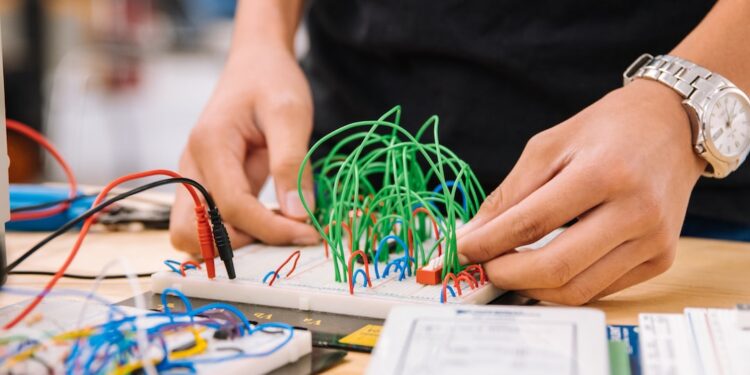Equity in Education: Bridging the Opportunity Gap
Education is often touted as the cornerstone of a fair and just society, providing individuals with the tools and knowledge necessary for success. However, not all students have equal access to quality education, leading to a growing opportunity gap that perpetuates inequality. Achieving equity in education is crucial to ensure that every student, regardless of their background or circumstances, has an equal chance at success.
The opportunity gap refers to the disparities in access to educational resources and opportunities that exist between different groups of students. Factors such as race, socioeconomic status, and geographic location can significantly impact a student’s access to quality education. This gap starts early in a child’s life and tends to widen as they progress through the education system.
One of the main challenges in achieving equity in education is that it requires addressing the underlying structural and systemic barriers that contribute to the opportunity gap. These barriers include inadequate funding for low-income schools, limited access to advanced coursework, and a lack of diverse and culturally relevant curriculum.
To bridge the opportunity gap, it is essential to ensure that all schools, regardless of their location or demographic makeup, receive adequate funding. Adequate funding allows schools to hire qualified teachers, provide essential resources such as textbooks and technology, and offer extracurricular activities that enhance a well-rounded education. Additionally, targeted funding should be allocated to schools serving disadvantaged communities to provide additional support and resources.
Another crucial aspect of achieving equity in education is providing equal access to advanced coursework and educational opportunities. Historically, students from marginalized communities have been underrepresented in advanced classes and programs. By expanding access to these opportunities and implementing measures to address biases, such as unconscious bias training for educators, students’ potential can be maximized.
Moreover, curriculum and teaching practices need to be inclusive and culturally relevant to meet the needs of diverse student populations. Incorporating diverse perspectives into the curriculum can help students develop a better understanding and appreciation for different cultures, reducing stereotypes and promoting inclusivity. It is also important to provide professional development opportunities for teachers to enhance their cultural competency and ensure they are equipped to address the needs of all their students.
Breaking down the digital divide is another critical aspect of achieving equity in education in today’s digital age. The COVID-19 pandemic has further highlighted the disparities in access to technology and reliable internet connection. Many students from low-income families lack the essential resources to participate in remote learning effectively. Bridging this divide requires investment in infrastructure and providing devices and internet access to students who need them.
Furthermore, family and community involvement play a significant role in bridging the opportunity gap. Engaging parents and guardians in their child’s academic journey increases their involvement and support, ultimately leading to better outcomes. Schools should implement strategies to foster strong partnerships with families, such as providing opportunities for parent-teacher conferences, workshops, and regular communication.
Lastly, fostering a supportive and inclusive school culture is crucial for promoting equity in education. Creating safe and welcoming environments where every student feels valued and respected can positively impact their academic success. Schools should implement strategies to address discrimination, harassment, and bullying and promote inclusivity and diversity.
In conclusion, achieving equity in education requires concerted efforts to bridge the opportunity gap. By addressing the underlying structural and systemic barriers, ensuring equal access to educational resources and opportunities, providing culturally relevant curriculum, and fostering family and community involvement, we can create an education system that allows every student to thrive. The future of our society depends on our commitment to equity in education, as it not only benefits individuals but also contributes to a fairer and more prosperous society as a whole.














